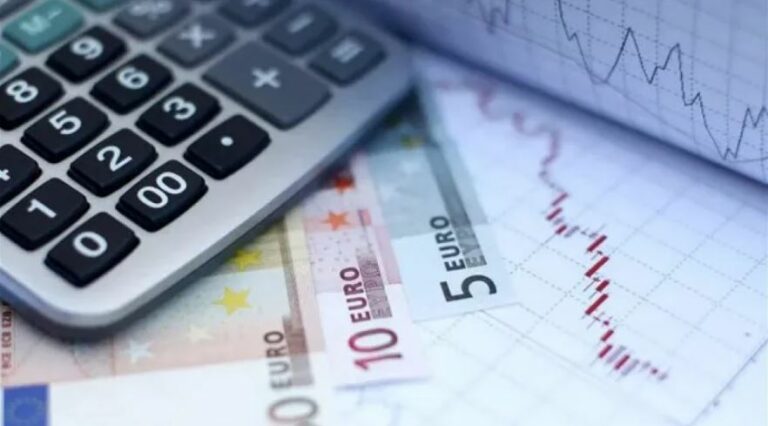After 9 years of austerity, the public debt has not only not decreased, but on the contrary continues to grow, without any visible prospect of it being slashed due to the ongoing crisis. From the accession of Greece to the memoranda until the end of last year, the debt increased by €87 billion. The jump in interest rates renders it practically prohibitive, at this time, for the country to serve it with the issuance of new bonds.
The latest bulletin of the General Government reveals that the debt “monster” remained untamed and “climbed” €32.3 billion higher than in 2019 when we left the memoranda and entered – a few months later – the pandemic.
Specifically, the data of the Public Debt Management Organization (ODDIH) included in the bulletin of the General Accountant of the State (GLC), show that the total value of the gross public debt jumped to 388.337 billion euros at the end of December 2014, from 35 December 2016 to 3521. 2019.
Greece entered the first Memorandum in May 2010, having on its back a debt of 301.062 billion euros at the end of 2009. From the spring of 2010 until today it has received loan installments totaling €242.6 billion from the rest of the eurozone member states, the European Stability Mechanism (ESM), and the International Monetary Fund (IMF) to repay maturing bonds and other liabilities.
After three Memoranda and a PSI, the Greek public debt, at the end of 2021 not only did not decrease but, on the contrary, increased to 388.337 billion euros with loans (of all types) amounting to 295.743 billion euros.
At the end of December, the share of debt related to bonds and interest-bearing bills decreased compared to September. The change in the financing of the Central Administration through short-term securities, namely bonds of the Greek State, amounted to 12.6 billion euros at the end of September 2021, to 11.8 billion euros at the end of December 2021. On the contrary, its share Debt reflected in loans rose to 295.7 billion euros at the end of December, from 292.3 billion euros at the end of September.
From data of the Public Debt Management Organization, it appears that treasury reserves and money deposited in the special public debt service account decreased at the end of December 20121. Specifically, cash and cash equivalents amounted to 17.2 billion euros, from 20.1 billion euros at the end of September 2021.
The ministry, which plans to borrow 12 billion euros this year, managed to “pull” about 3 billion in January with an interest rate of 1.83%. For the remaining 9 billion, there is a waiting period, as the interest rate for the ten-year bond is in the range of 2.5% – 2.7%. This intensifies the concern in the General Accounting Office as to whether it is financially prudent for the new interventions to be covered by the cash ‘cushion’ or to proceed with an increase in borrowing from the markets. The Ministry of Finance, however, does not want to send a message to the markets that it is “putting its hand” on that reserve that functions as a “risk insurance” for Greece and its image in international markets.
Ask me anything
Explore related questions





